
What do you normally choose for your New Year’s Resolution?
If you’re like most people, you focus on exercise, eating, and self-care. You join a gym, you change your diet, or perhaps you decide to do more of what makes you happier.
Before you make a plan for the New Year though, consider that all of these intentions can be supported by simply choosing one goal: to love better.
Love is a choice. This has been confirmed by every major scientific study on intimate relationships. It doesn’t come naturally, and it needs to be intentionally nurtured.
What does that look like?
According to Steve Dziedzic, the founder of Lasting, the leading couples counseling app, “Every day, small moments unfold in which you can choose to make a selfish choice to support yourself or a selfless choice to support your relationship. These are rarely make-or-break decisions and usually come in the form of a tiny sacrifice for your partner, such as holding the baby while they eat dinner.”
While each choice may not be hugely consequential, each one adds up over time and forms your cognitive story about the relationship—a story that says either “I can count on my partner” or “I can’t.”
When you choose your relationship and form the “I can count on my partner” story, science reveals many things about what your life can look like. On average:
You’re happier
You’re physically healthier
You have lower blood pressure
You’re more self-confident
You have less stress
You take more risks
You go on more adventures
You’re more likely to reach your goals
You feel more gratitude
All those things people want in life—to be known and valued, to be happy, to be healthy, to be confident—all start with your next tiny choice to support your relationship over yourself.
Worried about following through on your commitment because it’s too hard, or too big? The good news is that love comes with a brilliant resilience mechanism. Choosing your relationship just once makes you and your partner far more likely to choose it again the next time.
In fact, research suggests that even doing something as simple as expressing your gratitude to your partner makes them far more likely to connect with you emotionally later in the day.
And so, in a time where most people choose exercise, eating, and self-care goals, be aware that all those goals can be supported with a single relationship goal.
How to Get Started on Your Relationship Goal
You can begin with three simple steps:
Clarify your own emotional needs.
The Lasting Relationship Health Assessment (link) can do this for you in under 5 minutes, and it’s free. After taking a short, 28-question survey (designed by a group of therapists), you’ll clarify your relationship needs and receive your personalized recommendations on how to move forward.Compare your emotional needs with your partner.
Ask your partner to take the same assessment, and using the Lasting app, overlap your answers and compare where you agree and disagree. This is typically a surprising, great-conversation-inducing moment for couples. Get ready!Decide on one goal, together.
Collectively, based on your answers in the Lasting app, decide on one focus area for your relationship. That’ll become your relationship goal: to make progress in (X) area, together.
Want some inspiration? According to a 38,000-person survey conducted by Lasting, America’s #1 relationship goal is currently communicating better.
